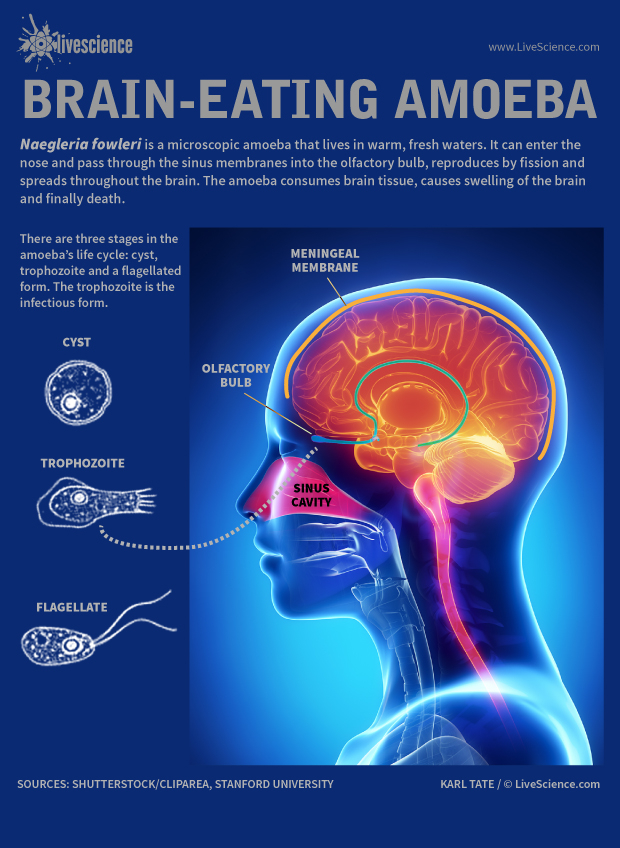Planters fasciitis is among the most common causes of pain in the heel. The plantar fascia ligaments suffer a lot of wear and tear every day. These ligaments normally serve as shock absorbers, supporting your foot’s arch. Too much pressure on the feet can tear or damage the ligaments. The plantar fascia becomes swollen, which causes stiffness and heel pain.
Planters Fasciitis Symptoms
One of the planters fasciitis symptoms is stiffness and pain in the bottom of the sufferer’s heel. This develops slowly overtime. It typically affects only one foot, but can also affect both feet. Some experience a dull pain, while others describe it as sharp. Sufferers also feel ache or a burning sensation on the bottom of their foot extending outward from their heel. Usually, the pain is worse in the morning when they take their first steps out of bed or if they have been lying down or sitting for a while. Climbing stairs can also be extremely hard because of the heel stiffness. After prolonged movements, the pain can flare-up because of increased inflammation. Pain isn’t normally felt during the movement, but rather after stopping whatever they are doing.
Treatments
Home treatment involves staying off the feet and applying ice for fifteen to twenty minutes 3 or 4 times a day to lessen swelling. You can also change or reduce your exercise activities. Doing stretching exercises and using arch supports in the shoes may also help reduce pain. Nonsteroidal anti-inflammatory drugs like naproxen and ibuprofen are frequently used to ease inflammation in the plantar fascia ligament.
If over-the-counter anti-inflammatory drugs and home treatments do not alleviate the pain, injecting a corticosteroid directly to the damaged section of your ligament can be done. This can be performed inside the office of your doctor. Your doctor might utilize an ultrasound device to determine the best area for the injection. Corticosteroids can be administered on your heel’s skin or the arch of the foot. A painless electrical current is then applied to allow the steroid to pass through the skin and into your muscle.
Physical therapy is also an important part of treating the planters fasciitis symptoms. It can help stretch the plantar fascia as well as Achilles tendons. Your physical therapist can show you exercises that can strengthen the lower leg muscles, helping reduce the workload on the plantar fascia and stabilize your walk.
In case the pain persists and other treatment methods are not working, your doctor might suggest extracorporeal shock wave therapy wherein sound waves are bombarded against the heel to promote healing in your ligament. On the other hand, this treatment can cause swelling, numbness, bruises and pain and hasn’t been proven to be constantly effective in alleviating planters fasciitis symptoms.
When the pain is really severe, surgery is done. The plantar fascia can be partly detached from the patient’s heel bone, but the foot’s arch is weakened and complete function might be lost. Gastrocnemius recession is another option. In this process, the calf muscle is lengthened to treat the condition.
